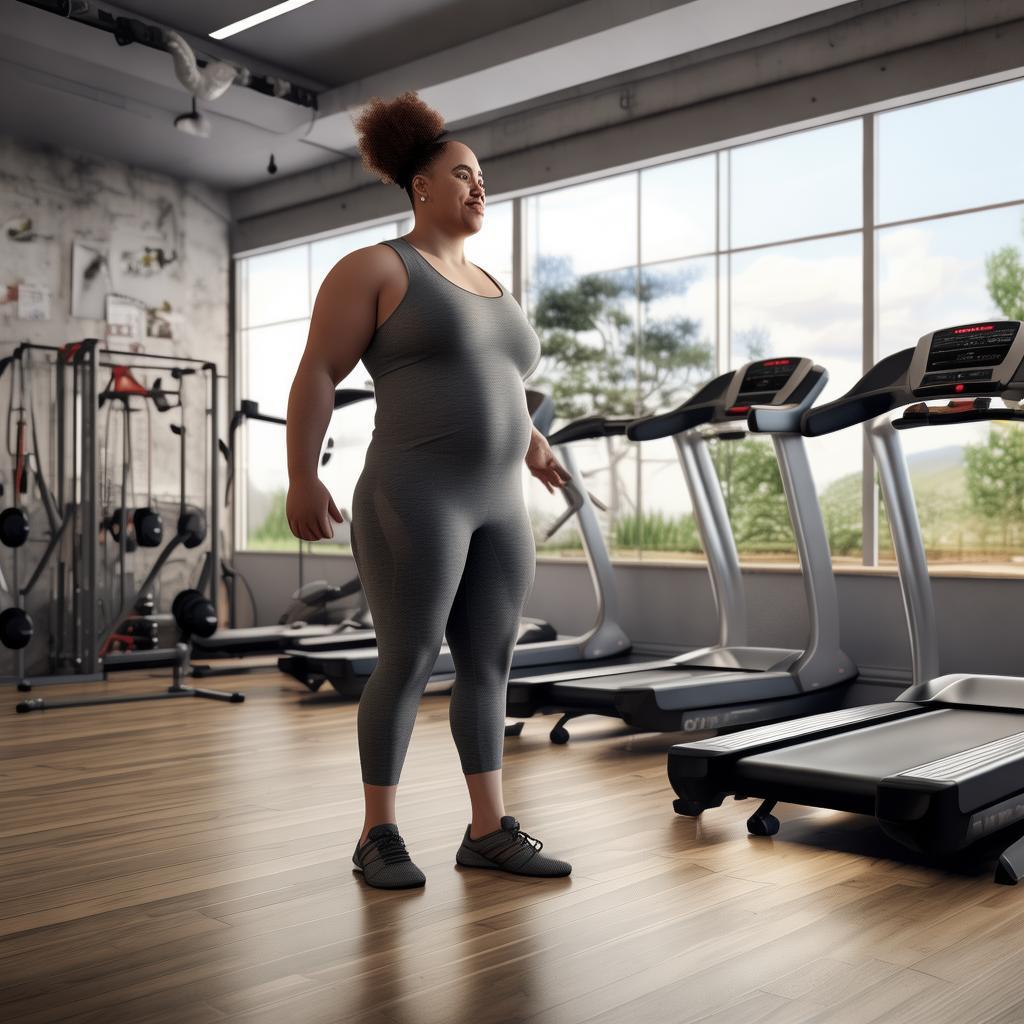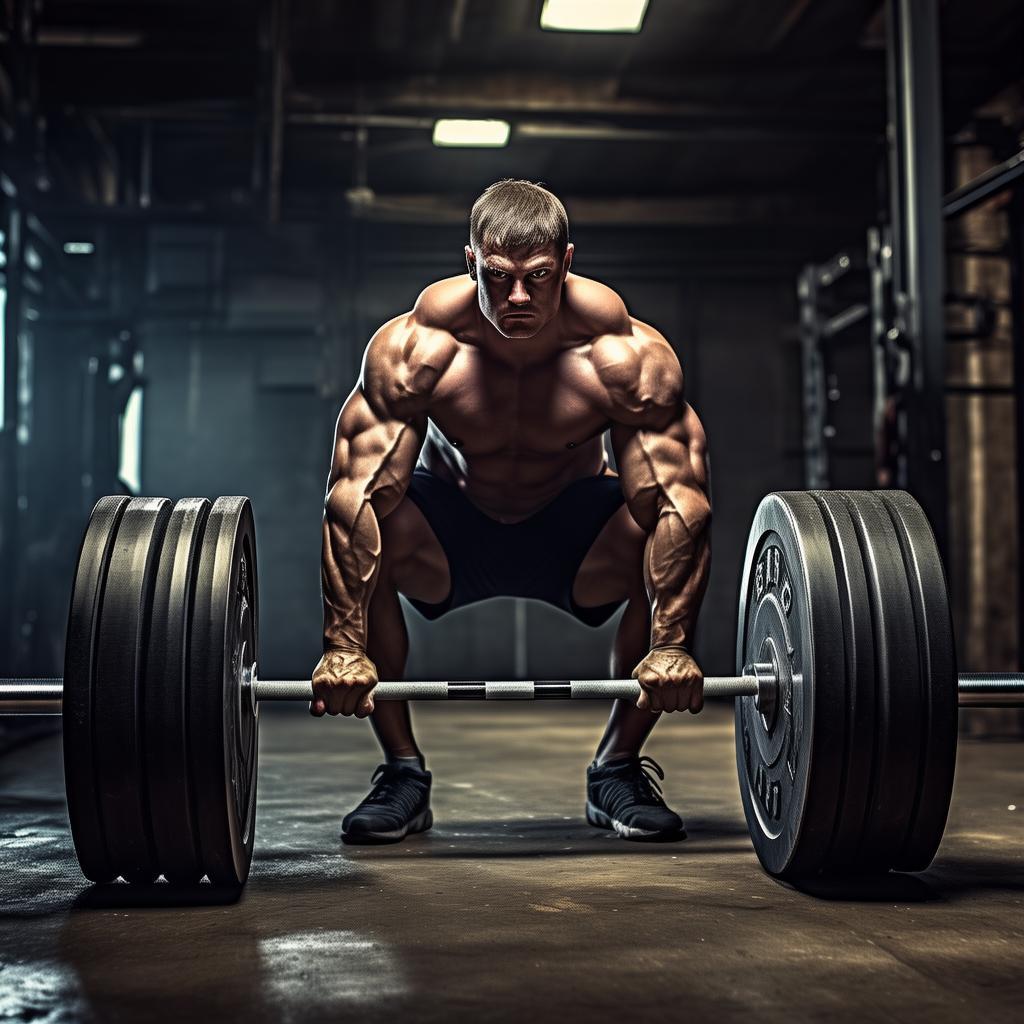Introduction
Regardless of the weather or work – life demands, there are always fitness enthusiasts who head to the gym. While persistence is commendable, it’s the combination of persistence and proper training methods that yields the best results. Many of us have wondered why certain body parts, such as the broad shoulders of bodybuilding masters, seem difficult to train effectively. Today, we are going to uncover the secrets of shoulder training.
Shoulder Movements for Strength and Muscle Building
These shoulder movements can be used to enhance shoulder strength and muscle mass. They are particularly crucial in powerlifting, bodybuilding competitions, cross – fit, and more formal sports like football, wrestling, and boxing.
-
The Standard Overhead Shoulder Press
This is one of the most fundamental movements for building stronger and fuller shoulders. It can be performed while standing or seated, using a barbell, dumbbells, kettlebells, or a smith machine. Keep the core tight, squeeze the shoulder blades, and position the barbell or dumbbells above the collarbone (if using dumbbells, place them a bit wider in front of the shoulders). In the starting position, ensure the elbows are under or slightly in front of the weight, with the forearms perpendicular to the floor. Keep the body tight, including the thighs, gluteus maximus, and core to ensure safety and proper shoulder – muscle posture.
-
Overhead Press (Borrowed Push)
The borrowed push is a basic movement for building muscle strength and width. It strengthens the shoulders, triceps, and chest for pushing. It allows you to lift more weight with the help of the lower body and hips and break down more muscle fibers during the movement. However, without the correct technique, it can limit overall athletic performance and cause shoulder injuries. Starting a workout with borrowed push – ups can improve overall strength and width before doing more isolated movements. Many guys who train often go straight to isolation movements and face bottlenecks due to not mobilizing enough muscle mass. If this is you, start with 2 sets of 5 – 10 reps of light – weighted borrowed push – ups, followed by 4 – 6 sets of 8 – 12 reps of medium – to – heavy – weighted ones.
-
Dumbbell Arnold Push – up
Named after Arnold Schwarzenegger, this movement is excellent for training almost every muscle bundle of the deltoids to build balanced and massive shoulders. It is usually performed with medium – to – light weights, focusing on maintaining muscle tension rather than losing control of the target muscle, maximizing shoulder fatigue and muscle growth.
-
Upright Rowing
Upright rowing trains the shoulders and obliques, increasing upper – body muscle width. The goal can be to increase muscle mass and strengthen the obliques (narrower grip) or the middle and posterior fascicles (wider grip). It can be done unilaterally, and a standard medium – weight dumbbell upright row is also a good muscle – training method. The key is to feel the muscles working, not just moving the weight. Focus on strong, smooth contractions, minimize borrowing during the movement, and be aware of muscle engagement. If you feel pain in the shoulder or the front of the neck, stop and have it checked as it could be a sign of shoulder impingement or incorrect movement.
-
Rope Face Pull
This movement can be done with a rope or elastic band to stimulate the posterior deltoid muscle bundle. It should be done under muscle control, focusing on using the smaller muscles at the back of the shoulder rather than the upper back, biceps, or obliques. Keep the elbows up and out, concentrate on pulling the load in front of you, and squeeze the muscles with each repetition. Try to complete 4 – 5 sets of 10 – 15 reps each with a medium weight to train the posterior deltoid and improve overall shoulder strength.
-
Dumbbell Posterior Deltoid Flyes
Similar to the rope face pull, this movement targets the posterior deltoid bundle. The key is to use the right weight, repeat the movement without borrowing or wobbling, and still be able to squeeze at the highest point of each movement to maximize the stimulation of the posterior deltoid bundle. Complete 4 – 5 sets of 10 – 15 reps each with a light – to – medium weight, such as 5 – 15 lbs.
Shoulder Exercises for Assistance and Postural Correction
These shoulder movements are best done at the beginning or end of a workout, either to prepare for heavier – weight movements or to finish a shoulder workout. They require high reps to increase blood flow, muscle growth, joint function, and flexibility.
-
Barbell Sheet Planks
This movement can be done on both sides and in front of the body to balance the stimulation of the deltoids. Do front planks if you want to increase the width and muscle of the front shoulder fascia, or side planks if you want to increase the overall width and shape of the deltoid and shoulder muscles. Do a higher number of reps, usually 12 – 15, and 3 – 4 sets of weight – training exercises to stimulate muscle pumping.
-
Cuban Push – up
The Cuban push – up requires 3 movements to be completed in sequence: upright row, external rotation, and overhead press. Initially, it may be challenging as it requires some shoulder functionality and scapular control. It is recommended to use a very light bar or barbell to complete this movement. The key is to control the movement and allow some slight borrowing during external rotation. When lowering the barbell, move smoothly and do not over – resist the load. Complete 8 – 10 reps for a total of 3 – 4 controlled sets.
-
Elastic Band Backbone Flyes
The elastic band back – bound fly is a great movement to do at the end of a workout or before a push – up workout. It can be done with an elastic band for higher reps to train the rhomboids in the upper back and the smaller muscles in the shoulders. If you feel the rhomboids and back muscles working, concentrate on keeping the body posture upright, tighten the scapulae, and limit borrowing movements until you can feel the small muscles in the middle of the scapulae (rhomboids) and the posterior deltoid bundle being stretched by the elastic band. Keep the wrists tight and elbows locked, complete 3 sets of 12 – 15 reps with muscle – controlled movements, and resist the elastic – band tension when returning to the starting position to keep the mid – back and posterior fascia properly tensed.
-
Y – shaped Front Planks
For the Y – front planks, raise your hands above your head, arms out to the sides, and elbows bent at 90 degrees. It can be done with an elastic band or small weights, preparing for bench presses, push – ups, overhead presses, and jerks. This movement helps you continue training while avoiding pain, focusing on correct joint mechanics and muscle contraction. If you feel the trapezius and back engaging, limit the movement slightly and concentrate on activating the scapulae, posterior fascia, and rotator cuff muscle groups using smaller muscles. Complete 2 – 3 sets of 8 – 10 reps each, finishing the movement under muscle control.
-
Kettlebell Bottom – facing Upward Push – ups
This movement requires turning the kettlebell upside down to lift it to the top. Although it can be used for muscle – building, it is best to use medium weights and move at a slower pace. The limiting factor is body posture and scapular – region stability rather than overall shoulder strength. If you notice shoulder discomfort, weak wrists/grip, or don’t feel good about shoulder thrusts, start doing kettlebell bottom – up thrusts. Do 2 – 3 sets of 8 – 10 reps, completing the movement under muscle control.
Broad shoulders need to be sculpted with good technique, even for basic movements. Incorporate these into your most basic movement framework to become stronger and more powerful, and you’ll surely be the next one to be envied.





